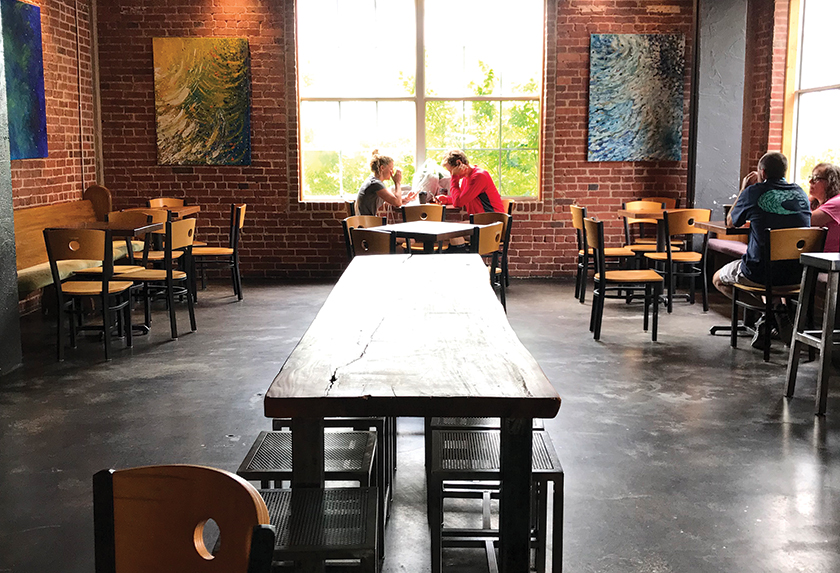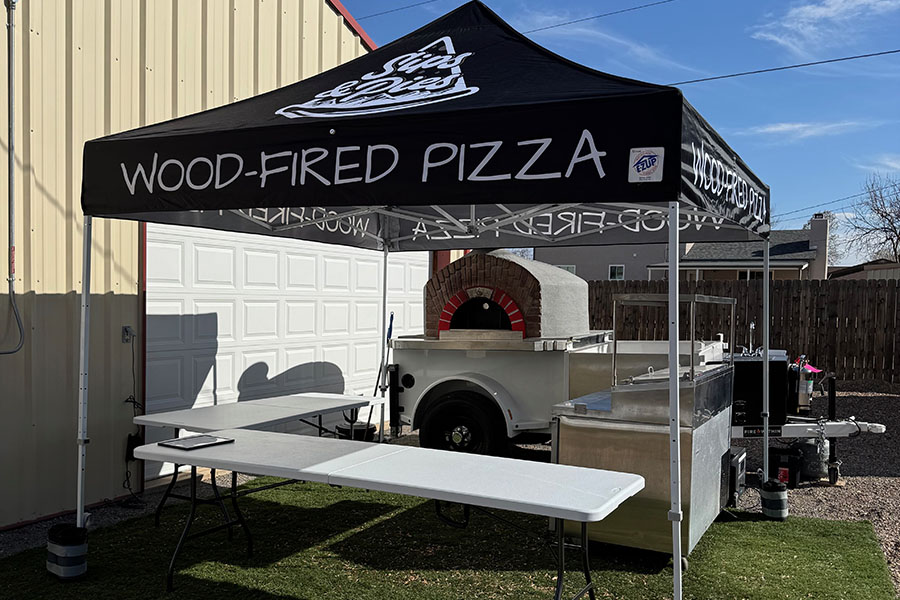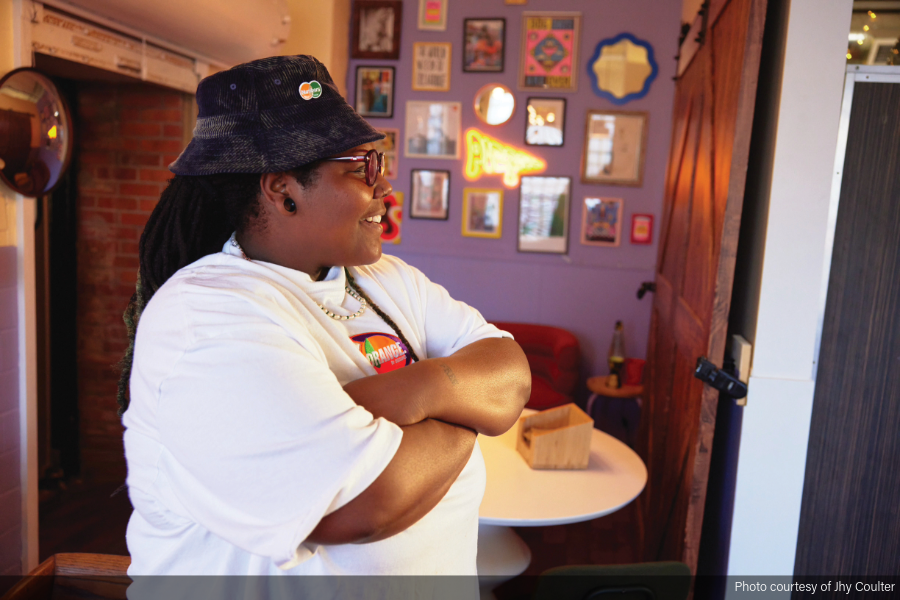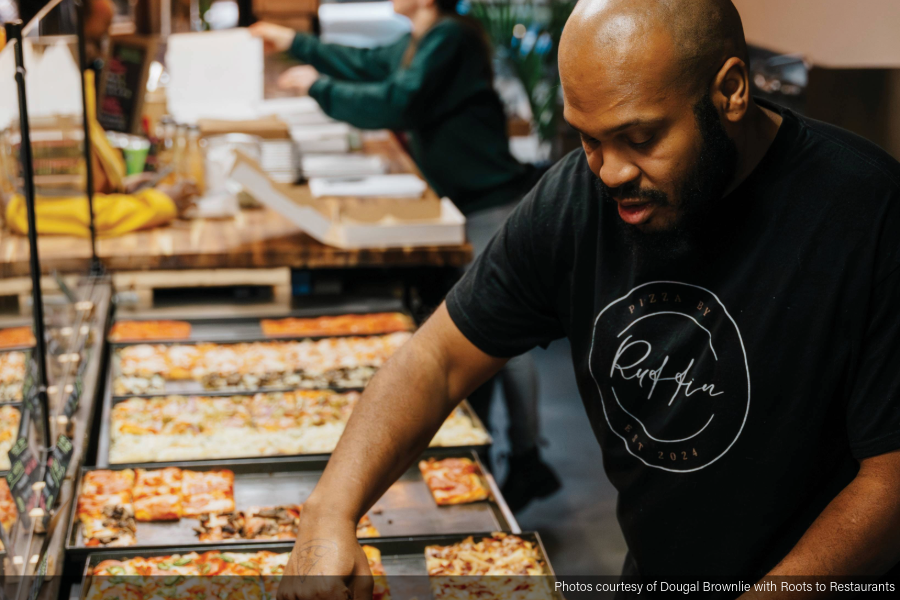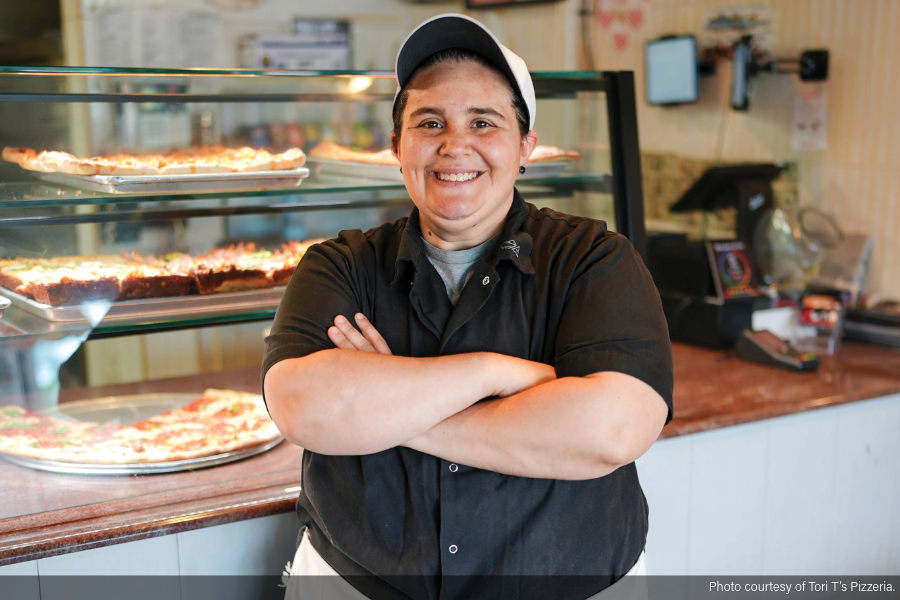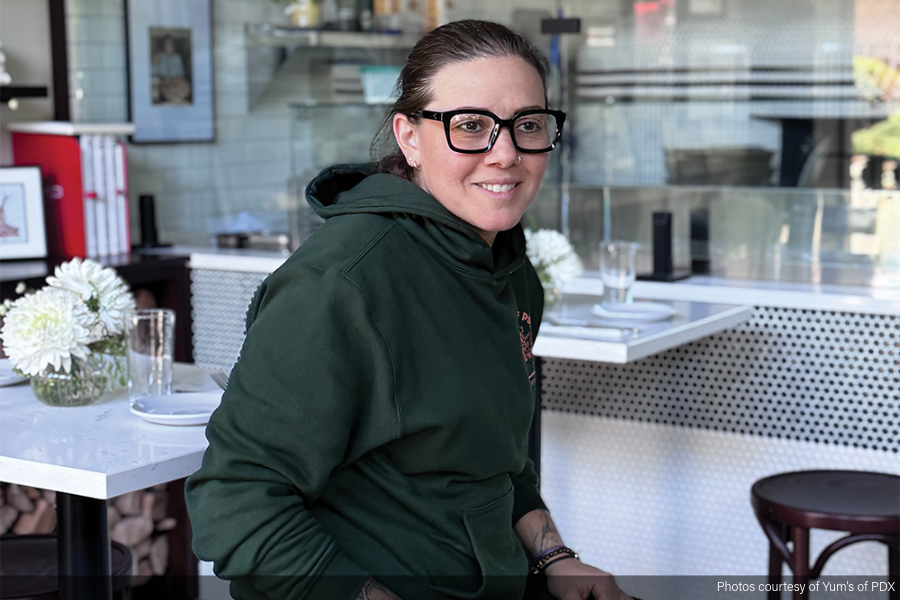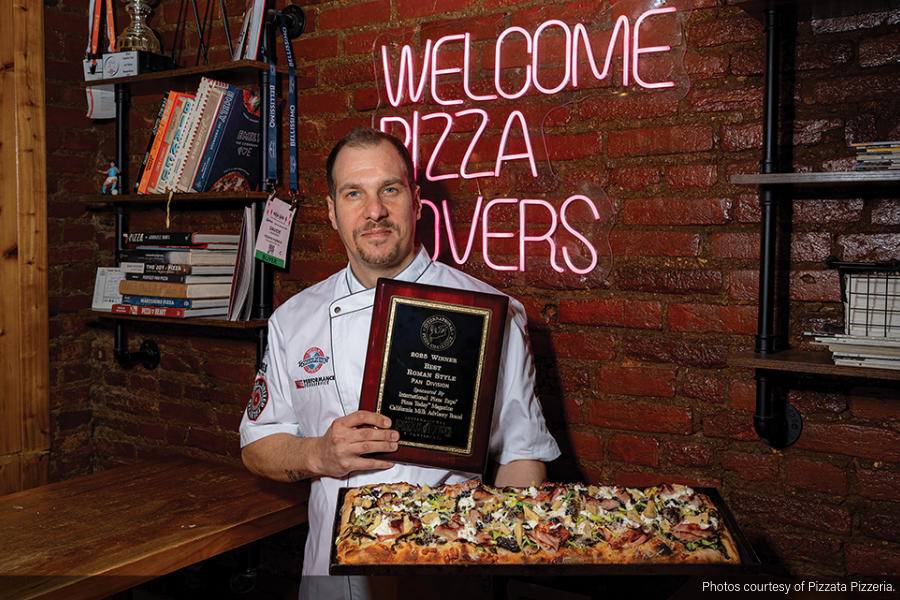Much Needed Attention
Dining restrictions amidst the COVID-19 Pandemic have resulted in restaurant operators taking a hard look at their interiors. Without guests filling seats, some have taken the time to spruce up their dining rooms.
When we surveyed pizzeria operators this summer on the impact of COVID-19, we asked if they were making any capital improvements while dining was limited or closed. We received scores of responses that front-of-house updates were a priority during the pandemic, everything from deep cleaning and maintenance to refreshing paint and floors (and even complete remodels). Let’s look at five improvements to make the most impact for the investment:
• Clean, clean, clean. Giving the dining area a good scrub from floor to ceiling can make a good impression without dipping into your updating budget. Remember to find all of those nooks and crevices that are often missed with packed dining rooms day in and day out.
• Walls/Ceiling. A fresh coat of paint is a great way to spruce up your dining area. But before you go to the store and buy the paint, take a good look at your walls. Are they drab or discolored? Are there dings in the wall that require plaster? Does the color palette and art best represent your restaurant?
If a touchup is in order, calculate square footage of the area to get a close estimate of how much paint you will need. Don’t forget to factor in supplies and labor. A project can quickly turn into thousands of dollars.
Color selection can be overwhelming. Are you satisfied with your current color scheme? Walk into your location with a critical view. Notice how the room feels. If it seems dark, lightening it up may be in order. Evaluate your restaurant’s brand. Does the color on the walls fit your concept? If not, it may be time to look into a new color scheme. Paint companies and home improvement retailers offer apps that allow you to digitally paint a room. Still lost on color selection? Call in a professional interior designer or branding expert.
Another way to freshen up dining space is by adding focal art on the walls. Bring the community into the restaurant with local wall art or a mural. Contact your local art organizations about featuring local artists.
• Flooring. If you are still curbside and takeout only, now’s a good time to replace or restore flooring. Filthy and fadded hardwood, cracked concrete or dirty and ripped up carpet is a troubling red flag for customers. Can your current flooring be repaired or does it need replaced? Get estimates for both. If you decide to replace flooring, know your options. Hardwood is timeless, and carpet and laminate are budget friendly options. Operators are trending away from carpet to easier-to-clean hard surfaces. Today’s flooring trends include polished concrete, luxury vinyl tiles and quarry tiles. A few things to remember: the flooring selection should be able to withstand the demands of a high-traffic dining area and fit your overall concept brand.
• Furniture. If there are salt and sugar packets under table legs, it’s past time to attend to your furniture. With years of wear and tear, restaurant furniture needs constant review. Is the upholstery in dire need of replacement? Can furniture be reconfigured for better dining room flow? Flexible seating has become more valuable with the uncertainty of varying dining capacity restrictions. Communal tables have been all the rage for the past several years. But during and after COVID-19, versatility is the key. How can tables be put together, pulled apart or removed?
• Full Remodel. Some ambitious operators used the dine-in closure to overhaul their front of house completely. Many did so to emphasize carryout operations. Remodels are a huge undertaking. Be sure to know what you are getting into and know when it’s too extensive or complex to go DIY. With permit issues, supply ordering and scheduling, hire a good contractor.
Whatever type of project you undertake, do the research and set a budget. Your time and that of your staff is a commodity. Know when to outsource. Follow your local authorities on requirements and permits needed to undertake a project.
In the Air
HVAC is now playing a critical role in the fight to limit the spread of COVID-19. Several pizzeria owners who were surveyed in our Pizza Industry Special Report indicated they repaired or replaced the HVAC system. It’s a system that often gets overlooked until it breaks. Now is the time to review your maintenance schedule and the effectiveness of your HVAC system.
Many states have offered HVAC strategies in their safe dining guidelines. The State of Minnesota outlines several HVAC-specific practices, including: “continuously maximize fresh air into the workplace, and eliminate air recirculation; maintain relative humidity levels of RH 40-60 percent; keep systems running longer hours (24/7 if possible) to enhance the ability to filter contaminants out of the air; add a flush cycle to the controls of the HVAC system, and run HVAC systems for two hours before and after occupancy, check and rebalance the HVAC system to provide negative air pressure whenever possible; supplement ventilation system with the use of portable HEPA filter units whenever possible; minimize air flow from blowing across people; and consult an HVAC professional or the American Society of Heating, Refrigerating and Air-Conditioning Engineers (ASHRAE) to ensure proper ventilation is provided, and ventilation systems are properly maintained.”
ASHRAE has also provided businesses with guidelines for mitigating COVID-19 risks. “Key elements of a strategy to limit the spread of the COVID-19 virus are to perform needed heating, ventilating and air conditioning (HVAC) system maintenance, including filter changes, and to run HVAC equipment, prior to re-occupancy,” said ASHRAE Epidemic Task Force chair, ASHRAE Environmental Health Committee voting member and 2013-14 ASHRAE Presidential Member Bill Bahnfleth in a release.
